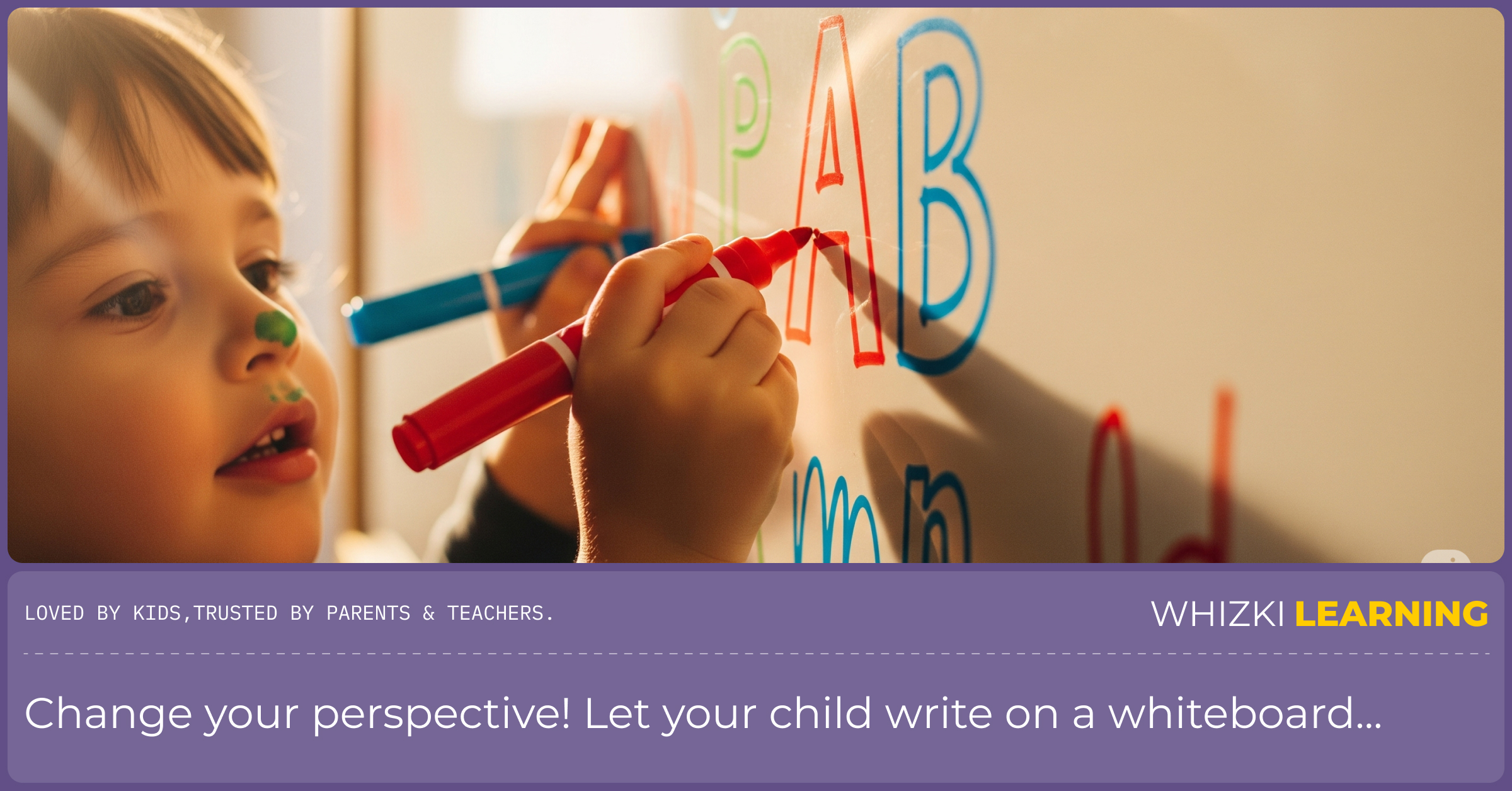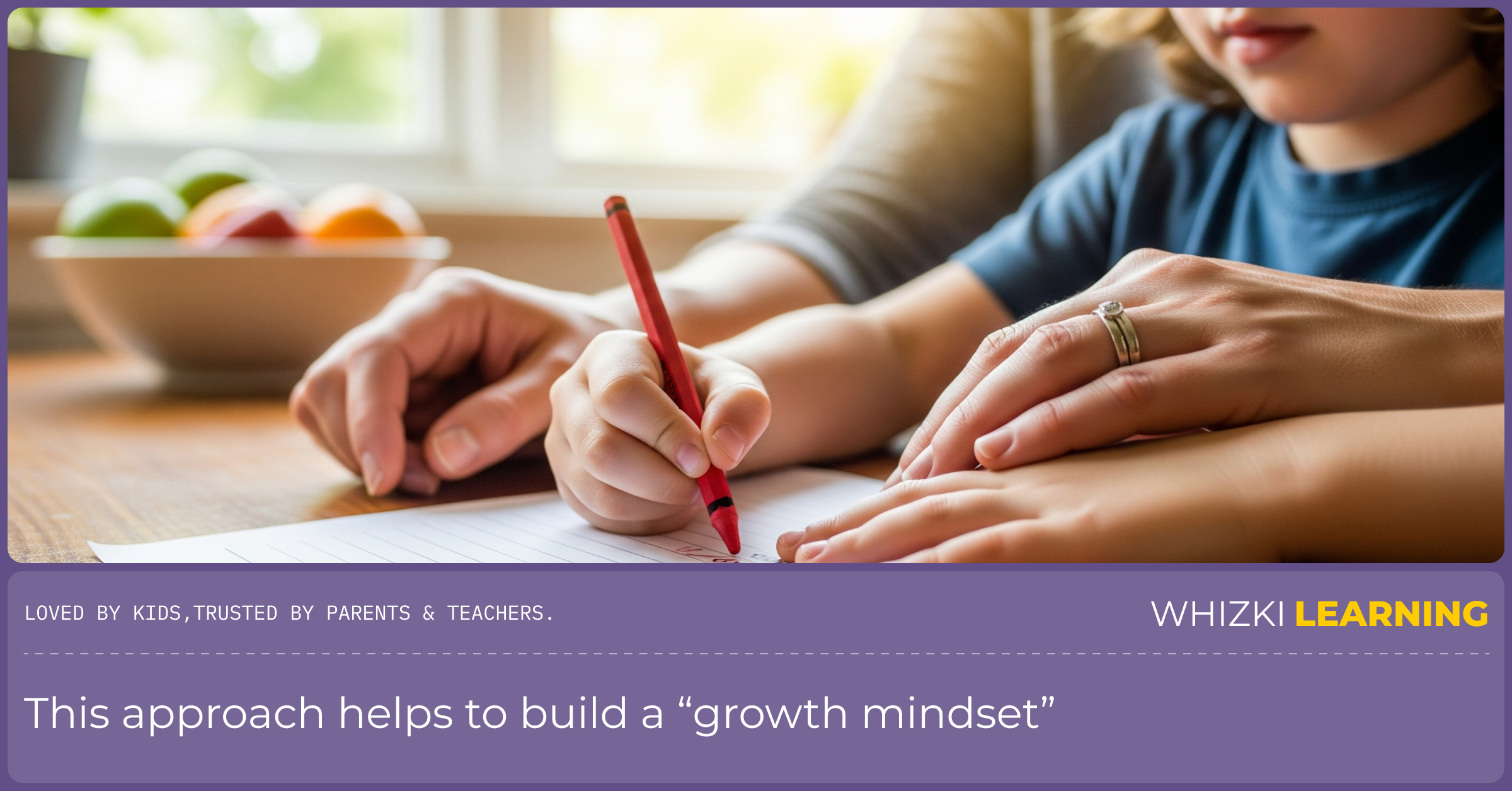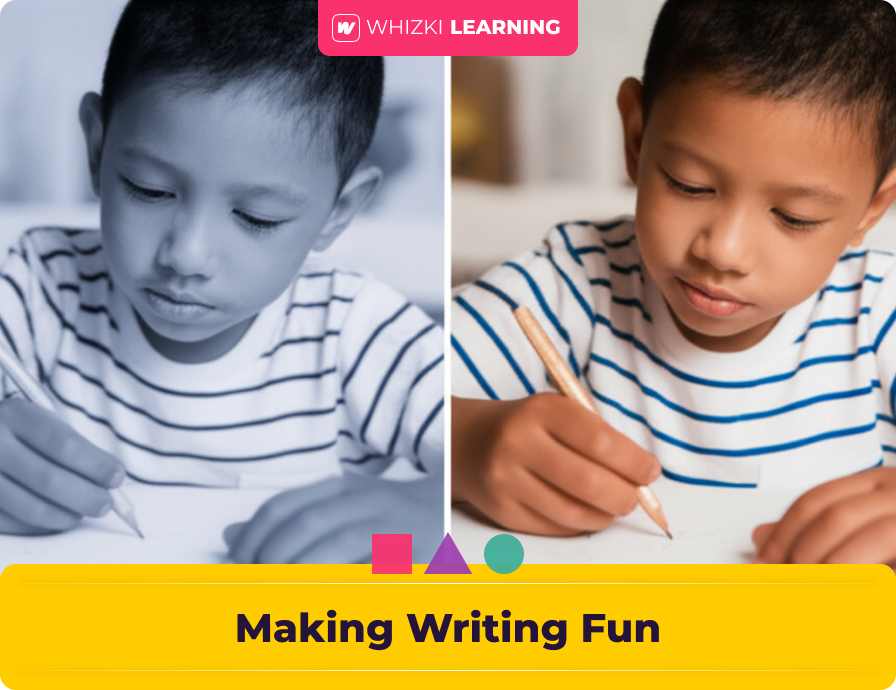Hello, fellow parents! If the words 'I don't want to write!' are a familiar refrain in your home, I want you to know you're not alone. In a world full of digital distractions, motivating a child to put pencil to paper can feel like an uphill battle. But what if we told you that the secret isn't in pushing harder, but in playing smarter? At Whizki Learning, our mission is to provide meaningful, screen-free alternatives that empower both you and your child. We don't just sell workbooks; we offer a path to genuine connection and hands-on learning.
Handwriting is more than just a skill-it's a foundational building block for concentration, fine motor skills, and self-expression. Our preschool and kindergarten workbooks are designed to make this journey engaging, but the real magic starts with you. Here's our guide to making handwriting practice a joyful part of your family's routine.
How to Make Handwriting Fun
Follow these simple steps to transform handwriting from a struggle into a delightful activity.
Step 1: Get Tactile with Finger Painting and Shaving Cream
Before you ever touch a pencil, let your child feel the letters! Spread a thin layer of shaving cream on a tray or use finger paint on a slick surface. Let them trace letters and shapes with their fingers. This hands-on activity to boost focus is a powerful sensory experience that reinforces letter formation in a fun, pressure-free way.
Step 2: Write on a Vertical Surface
Change your perspective! Let your child write on a whiteboard, a large piece of paper taped to the wall, or even a window with washable markers. Writing on a vertical plane helps strengthen their core and arm muscles, which are crucial for a strong and stable pencil grip later on. It’s a great creative alternative to tablets for kids and an exciting way to practice.

Step 3: Make it a Game, Not a Chore
Turn writing practice into a game of 'I Spy,' a treasure hunt, or a secret message activity. For example, 'I spy something that starts with the letter B!' and have them write the letter. This transforms a potentially tedious task into a playful challenge. This philosophy is at the heart of our engaging activity books for kids, which are filled with puzzles and quests rather than repetitive drills.
Step 4: Use a Variety of Tools
Don't limit your child to just pencils. Let them write with crayons, chunky sidewalk chalk, finger paints, or even water on a chalkboard. Using different tools builds hand strength and prevents burnout. For a durable, high-quality experience, our kindergarten workbooks are printed on thick, US-made paper that can withstand a variety of writing tools, providing the best tactile experience.
The best way to get a child to learn is to make them forget they are learning at all.- Sunny Hedge
Step 5: Give It Real-World Purpose
Writing becomes meaningful when it serves a purpose. Have your child help write the grocery list, sign their own birthday cards, or create a thank-you note. These small acts show them that writing is a powerful tool for communication and connection, not just a task to be completed. We discuss the importance of this in our article: Are Printed Workbooks Really Better Than Apps?

Step 6: Focus on the Effort, Not Perfection
Praise your child for their effort and enthusiasm, not just for perfect handwriting. Celebrate every wobbly line and backwards letter as a step toward progress. This approach helps to build a growth mindset, encouraging them to embrace challenges rather than fear mistakes. Every effort counts!
Step 7: Keep It Short and Sweet
The golden rule of early learning is to keep sessions short and frequent. A 5-10 minute session of focused fun is far more effective than a long, frustrating one. End on a high note and let your child be the one to choose to stop. This empowers them and keeps them coming back for more. It’s all part of our philosophy of creating a positive and nurturing learning environment.






